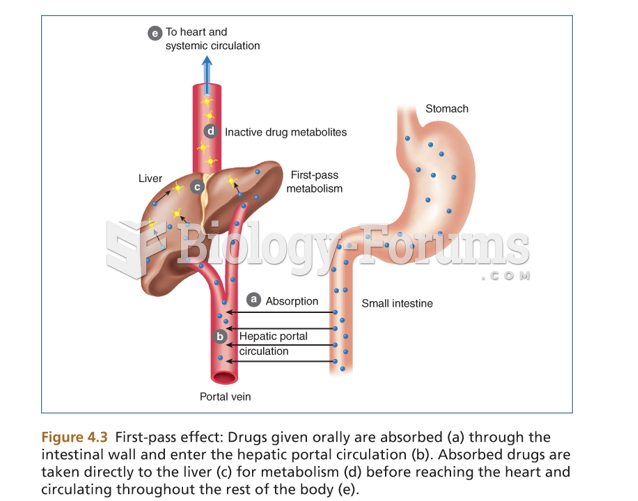|
|
|
Did you know?
The people with the highest levels of LDL are Mexican American males and non-Hispanic black females.
Did you know?
Drugs are in development that may cure asthma and hay fever once and for all. They target leukotrienes, which are known to cause tightening of the air passages in the lungs and increase mucus productions in nasal passages.
Did you know?
The longest a person has survived after a heart transplant is 24 years.
Did you know?
Vaccines prevent between 2.5 and 4 million deaths every year.
Did you know?
By definition, when a medication is administered intravenously, its bioavailability is 100%.







